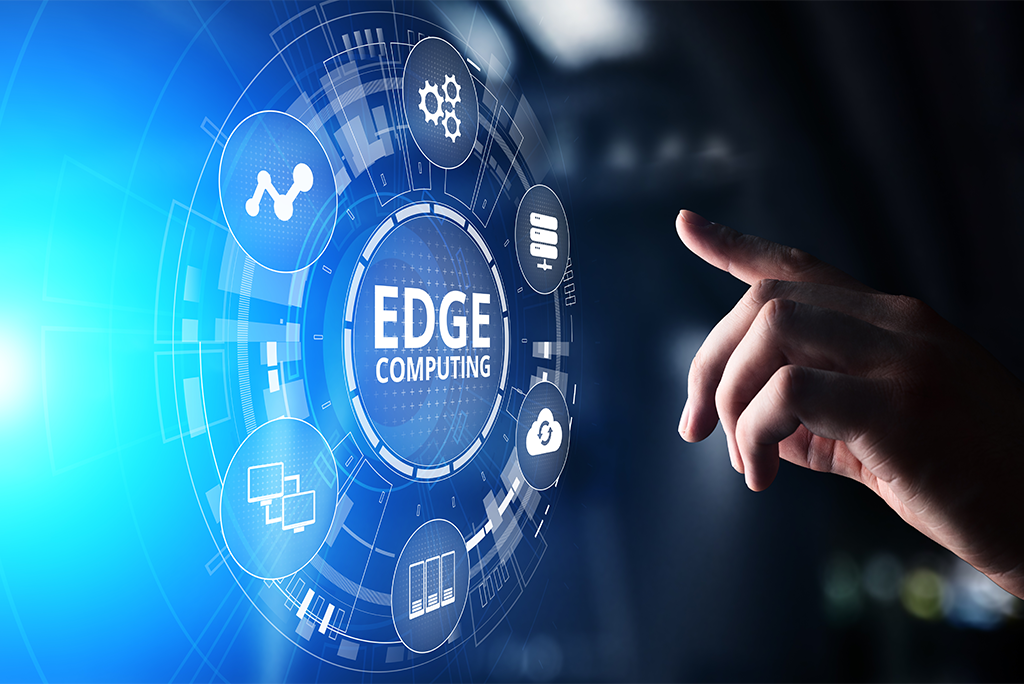Edge computing represents a massive shift in how data is processed, moving computation closer to where data is generated rather than solely relying solely on centralized cloud servers. When paired with data science, this paradigm offers powerful implications for efficiency, speed, and innovation across industries. This article provides an educational exploration of how data science enhances edge computing, detailing its mechanisms, applications, challenges, and future potential. The expertise driving this integration is often developed through specialized training programs, such as a data scientist course.
Defining Edge Computing and Data Science’s Role
Edge computing refers to a distributed computing framework where data processing occurs near the source of data generation—think IoT devices, sensors, or smartphones—rather than in distant cloud data centers. This proximity reduces latency, conserves bandwidth, and enhances real-time decision-making. Data science, the discipline of extracting insights from data through statistical analysis, machine learning, and visualization, complements edge computing by enabling intelligent processing at these edge nodes.
Together, they form a synergy that optimizes data handling. Data science algorithms analyze and interpret data on-site, transforming raw inputs into actionable outcomes without constant cloud reliance. A data scientist course typically covers the foundational skills needed to implement such systems. This integration marks a significant evolution in computational strategy.
Why Edge Computing Needs Data Science
Edge computing’s promise of speed and efficiency hinges on the ability to process data meaningfully at the edge. Without data science, edge devices would merely collect data, lacking the capacity to derive insights or make autonomous decisions. Data science fills this gap by deploying models that analyze patterns, predict trends, and trigger responses—all within the constraints of edge hardware.
For instance, a smart thermostat might use data science to adjust temperatures based on usage patterns, without needing to ping a central server. This localized intelligence reduces delays and network strain. Training in a data science course provides the knowledge to design these models, ensuring edge devices operate effectively and independently.
How Data Science Operates at the Edge
Data science at the edge involves adapting traditional techniques to fit the unique environment of edge computing. Unlike cloud systems with vast resources, edge devices—such as sensors or wearables—have limited processing power, memory, and energy. Data scientists develop lightweight machine learning models, such as decision trees or simplified neural networks, optimized for these constraints.
The process begins with data collection at the edge, followed by on-device analysis using pre-trained models. Techniques like feature extraction identify key data points, minimizing computational load. For example, a security camera might use edge-based data science to detect motion anomalies, alerting only when necessary. A data scientist course teaches the optimization strategies critical for such applications, balancing accuracy with resource efficiency.
The Technical Integration Process
Integrating data science into edge computing requires a structured approach. Initially, data scientists preprocess and analyze large datasets in the cloud to train robust models. These models are then compressed and deployed to edge devices, where they operate independently. Periodic updates from the cloud refine their performance, adapting to new data patterns.
This hybrid workflow leverages the strengths of both centralized and distributed systems. Consider a factory sensor monitoring equipment health: data science models predict failures on-site, while cloud updates enhance accuracy over time. Mastery of this process often stems from a data science course, which includes training in model deployment and edge-specific programming.
Real-World Applications of Data Science in Edge Computing
The combination of data science and edge computing drives innovation across diverse sectors. In healthcare, wearable devices use edge-based data science to monitor vital signs, alerting medical staff to irregularities in real time. In transportation, autonomous vehicles rely on edge analytics to process sensor data instantly, ensuring safe navigation without cloud delays.
Retail also benefits, with smart shelves using edge computing to track inventory and predict restocking needs on-site. These applications demonstrate how data science enhances edge functionality, reducing latency and improving responsiveness. A data scientist course prepares professionals to implement these solutions, addressing industry-specific challenges.
Challenges in Edge-Based Data Science
Despite its advantages, applying data science to edge computing presents technical hurdles. Limited hardware capabilities restrict the complexity of models, requiring trade-offs between accuracy and efficiency. Data privacy poses another concern, as sensitive information processed at the edge must be secured without constant cloud oversight.
Additionally, managing a distributed network of various edge devices complicates model updates and maintenance. Data scientists must design systems that balance local autonomy with centralized coordination. These challenges demand advanced skills, often acquired through a data science course, which covers topics like edge optimization and security protocols.
The Impact on Efficiency and Sustainability
Data science in edge computing significantly boosts operational efficiency by minimizing data transmission to the cloud, reducing bandwidth costs, and accelerating decision-making. This localized approach also enhances sustainability, as less reliance on energy-intensive data centers lowers the carbon footprint of computing operations.
For example, smart grids use edge-based data science to optimize energy distribution, reducing waste and improving resource use. This dual benefit of efficiency and environmental impact underscores the value of this integration. A data scientist course equips individuals to contribute to these sustainable innovations, emphasizing practical applications in resource management.
Future Implications for Industries and Society
The fusion of data science and edge computing holds profound implications for the future. Industries like manufacturing could see fully autonomous factories, where edge devices predict maintenance needs and optimize production in real time. In urban settings, smart cities might leverage edge analytics to manage traffic, reduce congestion, and enhance public safety—all without overwhelming network infrastructure.
Societally, this technology promises greater accessibility, as edge devices bring advanced computing to remote areas with limited connectivity. A data science course provides the foundation for professionals to shape these advancements, fostering a future where intelligent systems are both pervasive and efficient.
The Role of Education in Advancing This Field
The growing importance of data science in edge computing highlights the need for skilled practitioners. Educational programs play a highly critical role in preparing individuals to tackle this interdisciplinary domain. Training in data analysis, machine learning, and edge-specific techniques ensures the development of robust, scalable systems.
Professionals equipped with these skills drive innovation, addressing both current challenges and future opportunities. A data scientist course offers specialized instruction in edge computing applications, enabling learners to contribute to this transformative field. As demand for expertise rises, such education becomes increasingly vital.
Conclusion
Data science in edge computing represents a pivotal development in modern technology, redefining how data is processed and utilized. By enabling intelligent analysis at the edge, data science enhances speed, efficiency, and autonomy, with far-reaching effects across industries and society. From healthcare wearables to smart cities, this integration promises a future of responsive, sustainable systems.
The expertise required to advance this field is cultivated through rigorous training, such as that provided by a data science course in mumbai. As edge computing evolves, data science will remain its cornerstone, shaping a future where technology is both powerful and practical.
Business Name: ExcelR- Data Science, Data Analytics, Business Analyst Course Training Mumbai
Address: Unit no. 302, 03rd Floor, Ashok Premises, Old Nagardas Rd, Nicolas Wadi Rd, Mogra Village, Gundavali Gaothan, Andheri E, Mumbai, Maharashtra 400069, Phone: 09108238354, Email: enquiry@excelr.com.




